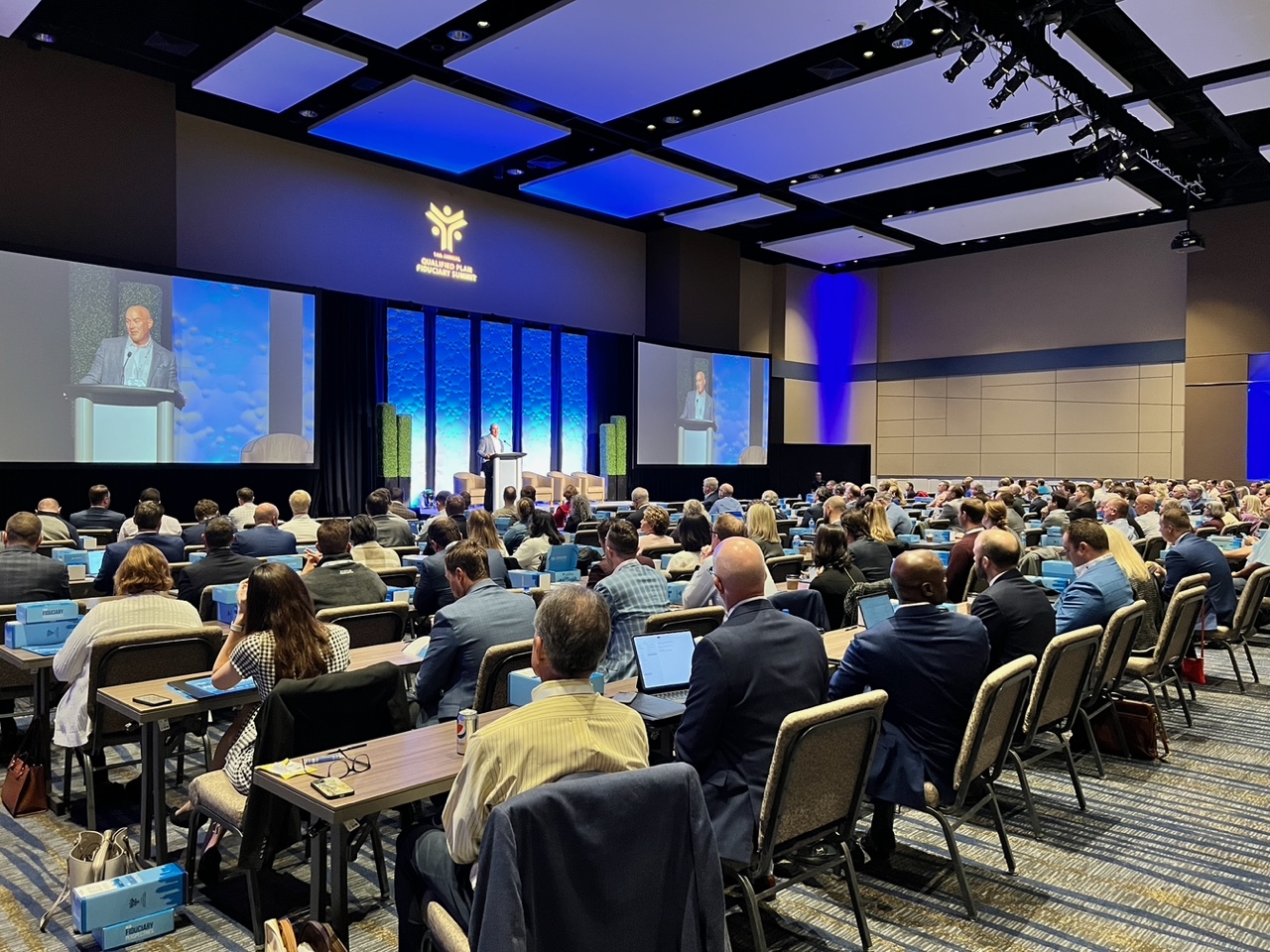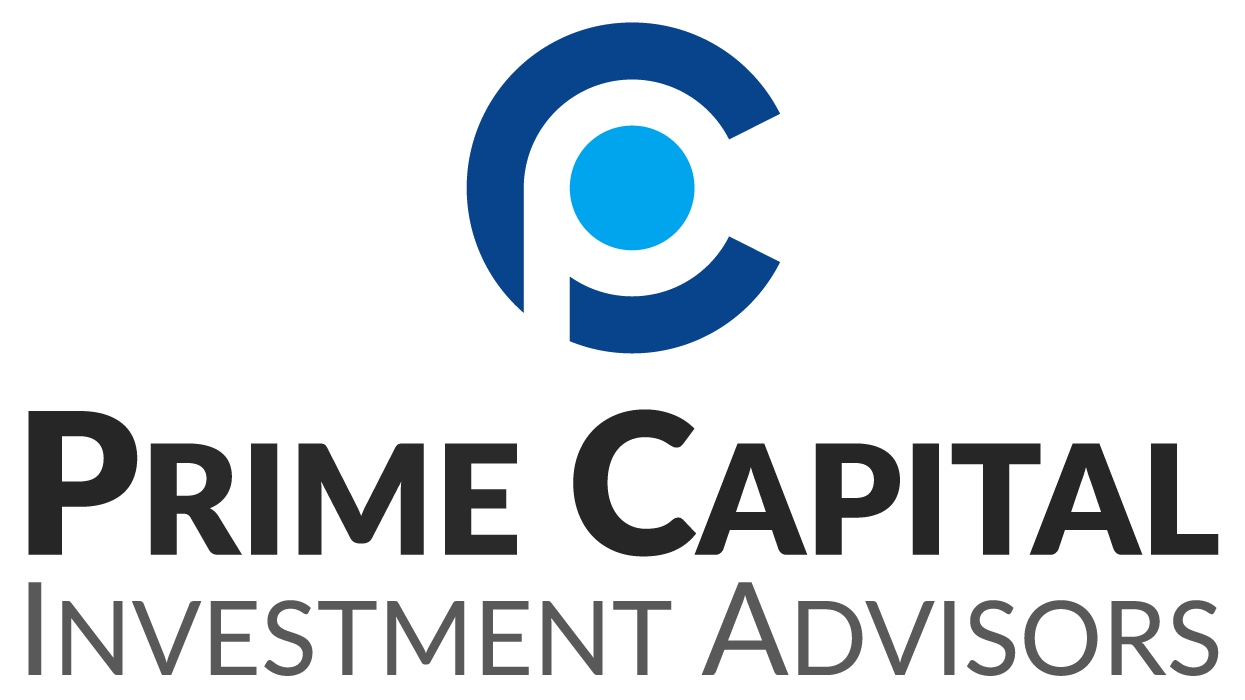More than 200 plan sponsors, recordkeepers, financial advisors and fiduciary thought leaders gathered on April 18 and 19 for the 14th Annual Qualified Plan Fiduciary Summit. Back in person for the first time since the world shut down for the pandemic, the excitement in the room was palpable. Our partners at 401k Specialist magazine summarized the key messages and positive mood from the event.
Key Challenges Facing Plan Sponsors Tackled at Qualified Plan Fiduciary Summit






